The dirty secret of the kimono (6 photos)
No, really dirty, because it's connected to real dirt. Because in Japan, on Amami Oshima, an island near Okinawa, there is a completely unique tradition of kimono production, which was born from a piercingly sad story. 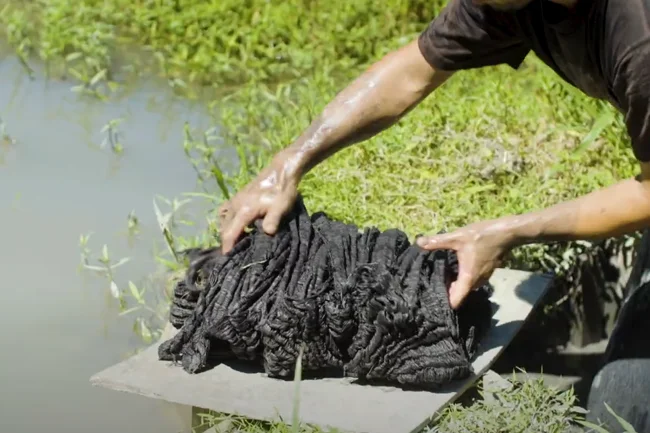
What happened to the kimono
The thing is, Japan is a country with "color differentiation of pants." That is, there were quite strict laws on clothing. For example, the lower class was forbidden to wear bright colors. For the nobility, there was a more complex gradation, topped by a very special shade of purple that only the emperor was allowed to wear. 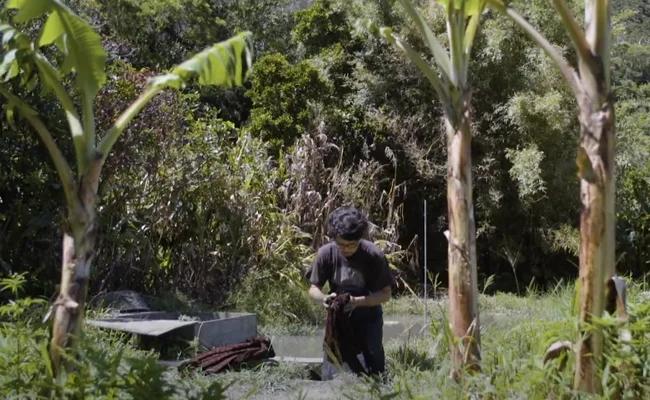
Japanese Man Hides Kimono! Genetic Memory from Grandma
And based on the clothing restriction of the 1700s, when Japan's ruling class demanded that locals hand over their silk kimonos. The residents of Amami Oshima Island couldn't bear to part with such beautiful (and expensive) clothes, so they hid their treasures in the island's mud.
When the residents returned to secretly retrieve their favorite garments, they were shocked: the coastal mud had dyed their fabric an incredible shade of black. This is how the technique of dyeing kimonos appeared, which turns them into expensive works of art worth thousands of dollars. 
This fabric, twisted, does not look very presentable
And the fabric is also very durable, so they say that kimonos in the Oshima Tsumugi style can be worn by three generations of one family. And the cheapest piece of such fabric costs 300,000 yen. 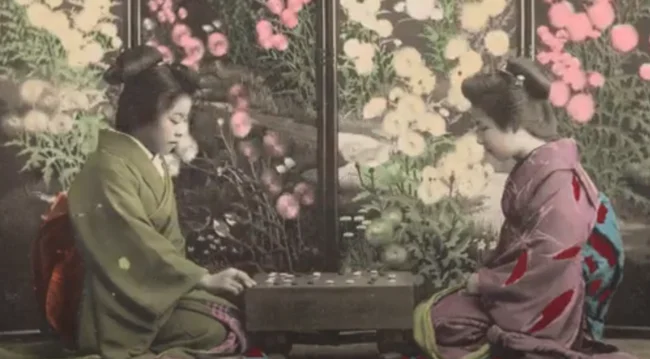
Earlier, the Japanese also could not live in a society in which there was no color differentiation of pants
This became a legend
Because the residents themselves were so delighted with the result that they continued to hone the art of "mud dyeing".
The residents of Amami Oshima collect silk from the mountains and begin to dye it. Craftsmen mix iron and silt mud, the color becomes a unique black. They dye it 20-30 times, and then mix it with mud again. 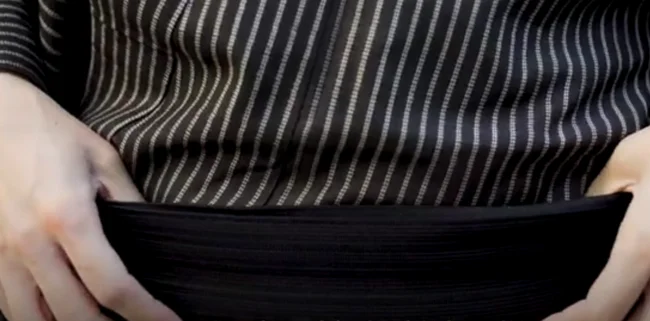
It looks pale up close, but the quality and detail amaze the Japanese
The deep black color is the result of multiple dyeing of the kimono. Some say that the heritage behind these kimonos is as sacred as the kimono itself.
And although this technique of twisting and "staining" in mud is not the only one in the world, it was also developed in Iran a thousand years ago. But I rather like the sad story behind the dyeing technique. The locals wanted to deprive them of their last pride - beautiful clothes - and they decided to hide them in mud and silt. And when they got them out, their kimonos became even more beautiful. 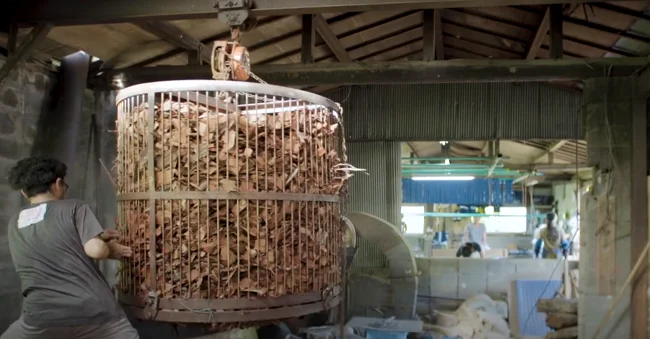
The mud is mixed with bark infusion, so the fabric also goes through tanning
And this is not a fairy tale, but real life, isn't it?






























